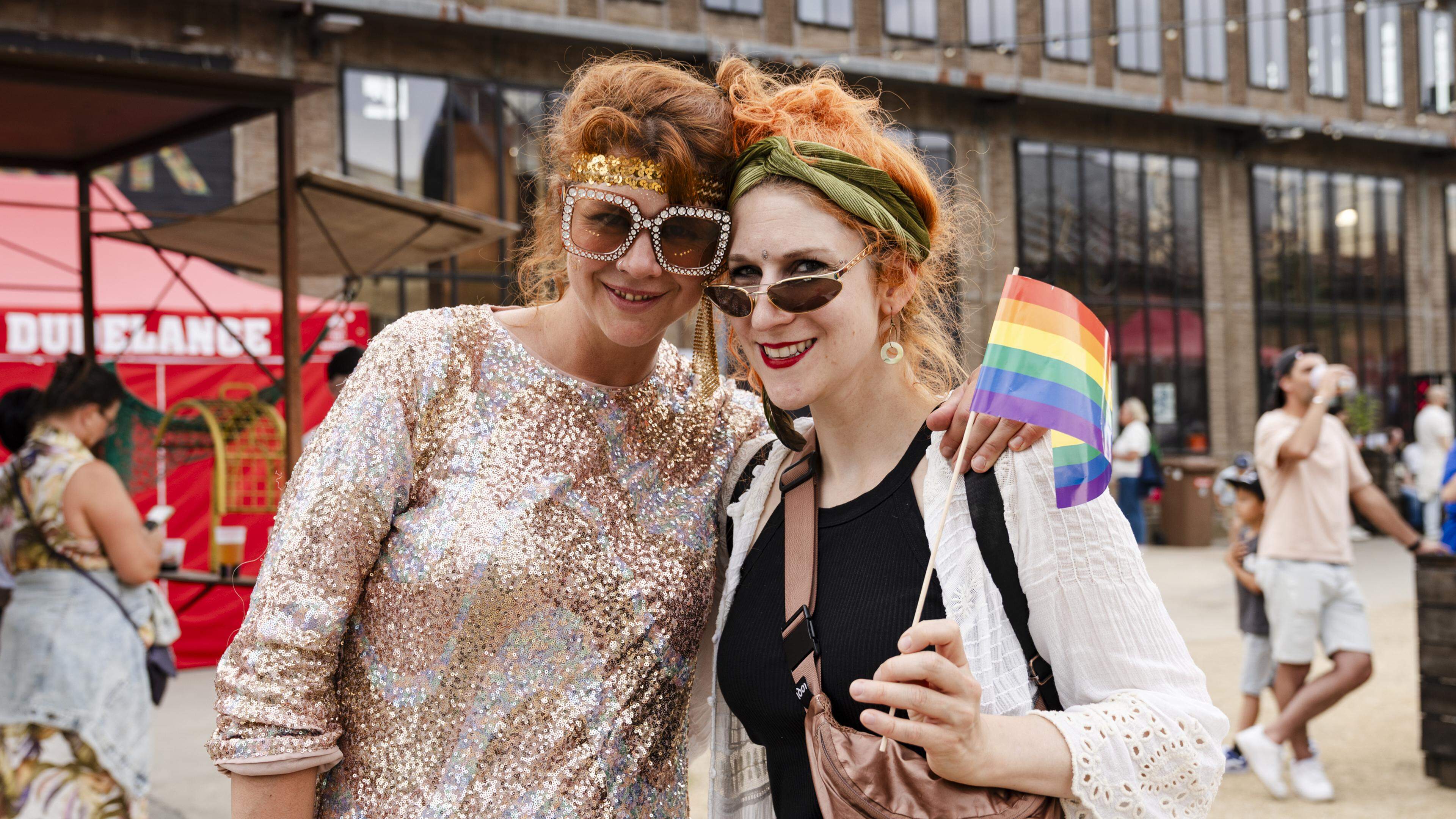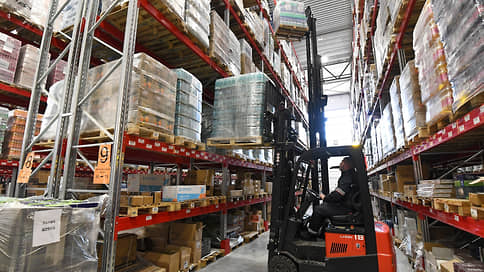Rome, the catacombs threatened by climate change. « At risk frescoes of two thousand years ago, interventions urgently »

Alarm of the Pontifical Commission of Sacred Archeology for the damage to the frescoes of the Cubicoli of the Sacraments in San Callisto, dating back to the first half of the third century AD
A deadly mix of microorganisms with bacteria, mushrooms, mosses and algae, to which are added the excavations of the rootsthe lighting and the human impact of the pilgrims’ crowds. A biological aggression – favored by humidity and condensation – that eats the frescoes and undermines the static estate of the galleries dug in the tuff of the ancient Christian cemeteries. « In the catacombs we are witnessing to an acceleration of the proliferation and plant colonization, with a unpublished degradation: It is the effect of climate change, with the increase in external temperatures that makes itself felt in depth with even in the basement ».
TO launch the alarm It was Monsignor Pasquale Iacobonepresident of the Pontifical Commission of Sacred Archeology, in a Meeting of experts promoted by the Italian group of the Institute for Conservation. “The survival of frescoes Dating back to two thousand years ago – said Iacobone – that we cannot allow us to lose ».
Fight against mushrooms and cyanobacteria
Particularly worry the vegetable patinas appeared on the paintings of the cubicas of the sacraments in the Catacomb of San Callistodating back to the first half of the III century AD and considered among the oldest paintings of the Christian Rome. « But the problem concerns all 400 decorated nuclei present in the 60 city catacombs, starting from six open to the public, where biological infestations recorded an unexpected acceleration – confirmed the scholar Barbara Mazzei of the pontifical commission of sacred archeology – we had to fight mushrooms in the Greek chapel of the Priscilla catacombsface cyanobacteria with monochromatic blue light in Ocean cubicle in San Callisto and monitor the roots of the cypresses with the georadar and remote control in Catacombs of San Sebastiano. If first the disinfections took place every 6 or 7 years, now we are forced to carry them out even several times during the same year ».

Natural remedies
The challenge is not simple. Traditional « biocides » appear more and more ineffective and therefore Against the killes of the frescoes And to counteract the roots – which are increasingly deepening for external drought and which, as the DNA exams have revealed, are able to make its way for over 50 meters in order to reach the galleries – New solutions are being studied. From microwave to low intensity LED lights, up to natural remedies: such as Lavender essential oilsthyme and cinnamon or alcohol extract of licorice. « Rome is among the one hundred cities in the world that will see the most obvious effects of climate change – has been remembered by the experts – yet the impact on the subsoil of thermal stress has been ignored now ». The challenge is that of a multidisciplinary approach for the reduction of damage and to ensure sustainable conservation of unique cultural and archaeological heritage such as catacombs.
Go to all the news of Rome
<!–
Corriere della Sera è anche su Whatsapp. È sufficiente cliccare qui per iscriversi al canale ed essere sempre aggiornati.–>





:format(webp)/s3/static.nrc.nl/images/gn4/stripped/data80013448-808512.jpg)
